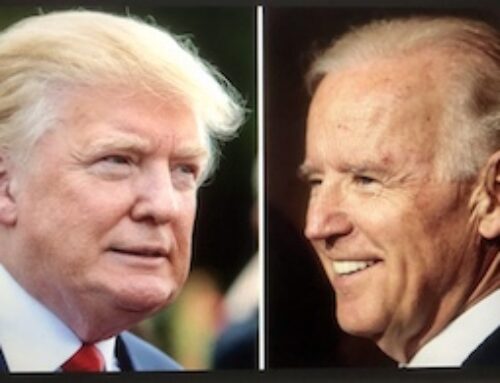
On July 25, three days after the movie opened, RottenTomatoes.com posted both ratings. The horrible 5% one was the composite view of 21 professional reviewers. The favorable one was the average rating of over 3600 moviegoers who saw the film.
Only one of the professional reviewers gave a positive review, writing, “A searing, powerful and persuasive exposé. Consider it your patriotic duty to see it! You’ll never look at Hillary Clinton the same way again.”
The other twenty said things like “This thing is madness,” “A profound failure of unprecedented proportions—an embarrassment for Republicans, Americans, and pretty much the rest of humankind,” and “A piece of ahistorical liberal-bashing that slides from propaganda to paranoia.”
You may be wondering how this can be, all those people watching the same movie and yet reaching completely opposite opinions about it. Many of the moviegoers answered that question by commenting on the professional reviewers in their evaluations of the film. Here are three examples from viewers who gave the movie their highest rating:
“I typically agree with the critics on just about every movie I watch. However, I believe they really compromised their professional objectivity in order to support their political views here.”
“Very informative [film]. Rotten tomatoes should be ashamed of the 5%. REALLY?”
“Aren’t you embarrassed, Rotten Tomatoes, that you rate this movie ‘5%’ . . . Have you no shame?”
I often check the reviews before seeing a movie except when I strongly suspect the critics will be biased, as I did in this case. I saw Hillary’s America on opening day before reading a single review. The theater was packed and the audience broke out into vigorous, sustained applause even before the film ended.
D’Souza exposes the error of the popular notion that Republicans have been supporters of slavery, lynching, and racism toward Native Americans and Japanese Americans, as well as toward African Americans. Instead, as the film documents, in the vast majority of cases it was Democrats who supported these outrages—check the biographies of Andrew Jackson and Woodrow Wilson—and it was Republicans who championed fairness and justice to minorities and women.
One individual discussed in the film, with whom I was not familiar, is black Republican activist Ida B. Wells. Google her name and you will no doubt be as impressed with her contributions to civil rights as I am.
D’Souza also reveals the corruption of Democratic political machines, including that of New York’s Tammany Hall that reigned from 1854 to 1934, and Chicago’s Richard Daly organization. He could have mentioned many more, such as those of Daniel O’Connell, in Albany NY, Kansas City’s Tom Pendergast, Jersey City’s Frank Hague, Boston’s James Michael Curley, Memphis’s Edward Hull Crump Jr., and Louisiana’s Huey Long. (Though more than a few Republican politicians have engaged in corruption, no comparable list of Republican political machines exists.)
The latter part of the movie examines Hillary Clinton’s record, notably the influence of Saul Alinsky on her thinking and her early career. (That connection has been recently been addressed by other investigations.)
It also probes the Clinton Foundation’s questionable handling of funds intended for the relief of world poverty.
In summary, D’Souza’s Hillary’s America raises important questions about the accuracy of the reigning view of the major political parties. And it does so in a way that audiences are finding engaging and thought-provoking. Movie reviewers do the American people a great disservice when they allow their political biases to control their professional judgment of the film.
Copyright © 2016 by Vincent Ryan Ruggiero. All rights reserved

